Slack in International Space Station’s solar arrays put postponed experiment back on the fast track
During last month’s space shuttle Endeavour mission that outfitted the International Space Sta tion (ISS) with a new pair of solar wings, use of an experimental Sandia camera on board the orbiter became a mission priority after astronauts had trouble unfurling two of the ISS’s four new solar blankets. Each of the four 13- by 108-foot flexible blankets contains more than 16,000 photovoltaic cells. During deployment, the folded blankets are pulled slowly away from the solar array’s mainmast, called the P6 truss, along a framework. Late in the mission’s fifth day, when the two starboard solar blankets failed to tension properly, engineers at Johnson Space Center fretted that unless the tensioning mechanisms could be repaired before the end of the mission, structural uncertainties might require jettisoning the whole array into space.Overnight, while Endeavour’s crew slept, mission controllers came up with a plan to assess the structural integrity of the slack solar blankets.
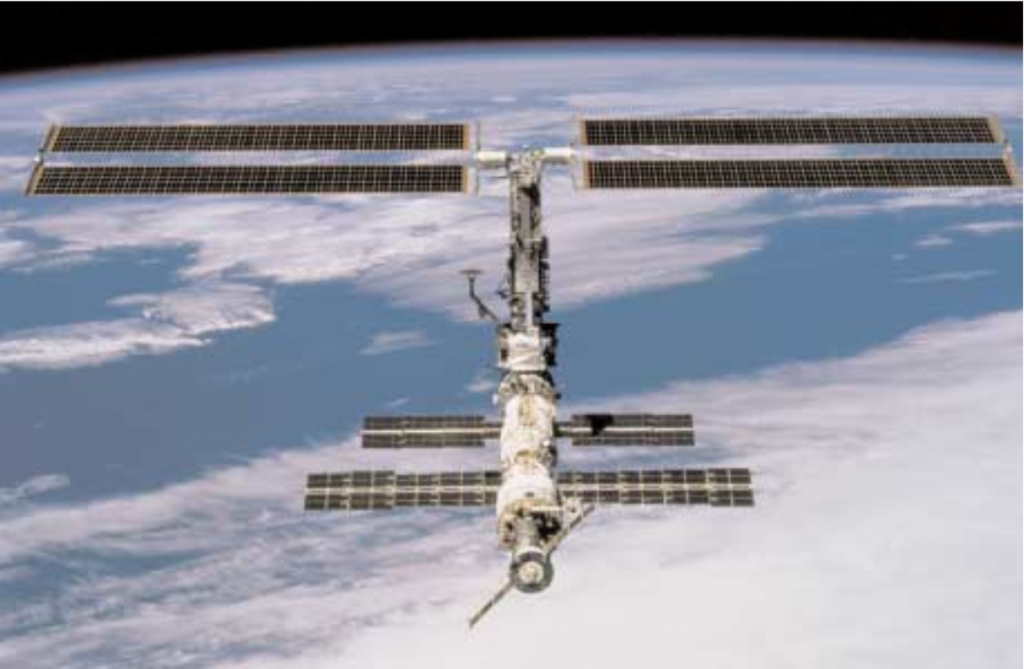
First test comes early
Part of that plan was to use Sandia’s Laser Dynamic Range Imager (LDRI), bolted to a cam-era assembly in Endeavour’s cargo hold, to illuminate the ISS’s solar array with infrared light during dark hours so the orbiter’s cameras could examine the assembly.Mission control’s flight anomaly team also planned to take advantage of LDRI’s 3D motion-measurement capabilities to assess the solar array’s stability. (See “Tricks of light, timing allow LDRI to measure vibes in 3D” on page 6.)The LDRI was on board Endeavour as a component of NASA’s Space Shuttle Upgrades Demonstration program. It also was scheduled to participate experimentally in the ISS On-Orbit Loads Validation Development Test Objective261 (DTO-261), a series of tests to characterize the structures of the ISS, P6 truss, and solar arrays.As part of DTO-261, Endeavour’s crew was to repeatedly and precisely pulse-fire the orbiter’s medium-sized thrusters to create vibrations in the ISS, which was mated with the orbiter during the mission.
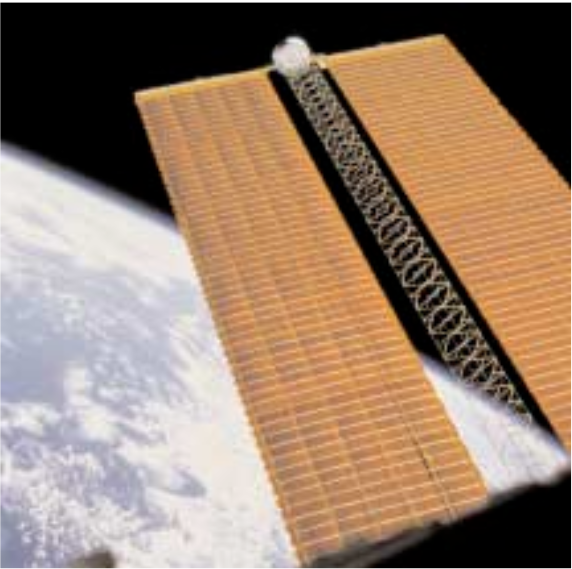
Then the vibration signatures of the station’s structural elements were to be measured using a variety of cameras, accelerometers, and strain gauges. The LDRI’s role was to see whether its unique3D imaging capabilities could improve NASA’s ability to measure the vibrations.The data collected by all the instruments are being used to validate computer models predicting the ISS’s structural performance.“You can’t assemble the ISS on earth, so the only option is to check it while it’s in orbit,” says Bob Nellums (2618), Labs LDRI project leader for the mission, who along with several other Sandi-ans spent two weeks at Johnson Space Center’s Mission Control Center.
On, then off, then on again
But a glitch discovered in the LDRI’s ground-control software a few days after launch had put the LDRI portion of DTO-261 on hold, much to the disappointment of the Sandians on the ground. “NASA is always looking for ways to reduce the workload, and at that point we were a non-critical experiment with a problem,” says Bob. “It was a scary moment. I thought it was over.”At the same time, he says, Sandia had a lot of commitment from a number of people at NASA,in particular from the DTO-261 project manager,George Studor.To the Sandians’ relief, the solar array crisis and the need to diagnose it quickly put the LDRI back on the fast track. A NASA ground operations controller, Grant Slusser, came up with a clever work-around to the glitch, and the LDRI was back in business.After a night of examining the array with all sorts of instruments, including the LDRI, the astronauts were able to fix the solar array problem during a space walk the next day. Owing in part to its emergency reprioritization, the LDRI also carried out all of its planned functions during the mission, including the DTO-261 structural integrity tests and remote monitoring and illumination during the mission’s three astronaut space walks. Mission control even added a last-minute vibro metric observation of the arrays during orbiter-ISS separation to see if the shuttle thruster plumes impinged on the solar blankets.In post-mission debriefings, crew members were favorably impressed with the LDRI’s performance in its illumination mode, says Bob.“They liked its brightness compared to the previous illuminator used with the shuttle’s black-and-white camera,” he adds. “Adequate illumination of the ISS out to the 400-foot range was crucial to the pilot’s ability to manually undock from the ISS and fly around it at night.”(The LDRI’s ability to illuminate a scene at least as well as the light it replaced on the Endeavour’s camera assembly “was a prerequisite for getting a ride,” he says.)
Flexibility an advantage
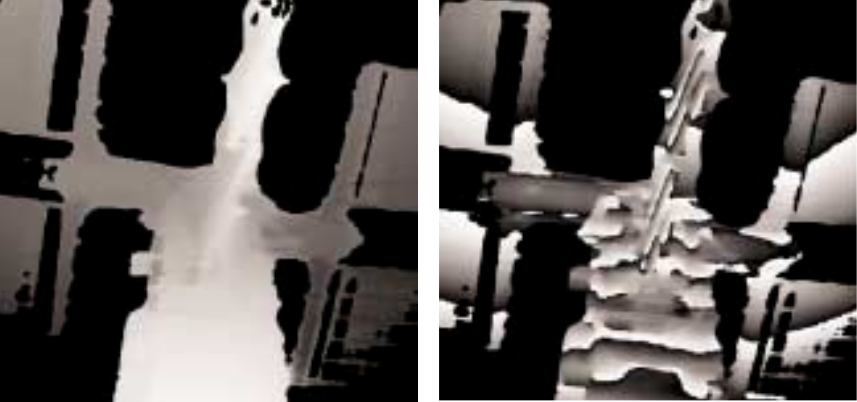
“One of our goals was to impress people with the usefulness of the LDRI as a general-purpose tool for future missions,” says Bob. “I think we showed during the unplanned parts of the experiment that the flexibility of our system is an advantage.”The next DTO-261 test will involve moving the P6 truss to its final ISS destination, out to the end of the 300-foot truss assembly. NASA officials plan to use LDRI during that operation and have expressed an interest in LDRI for future navigation,guidance, docking, and inspection applications. Sandians at Johnson Space Center at various times during the Endeavour mission included Bob, Steve Lebien, Ed Hoover, T.J. Cook, Colin Smithpeter (all 2618), and Mark Heying (15351). “It was like being in a beehive,” says Bob.“It’s a big place with a lot of people doing diverse things in a highly structured manner. There’s a fevered pitch all the time, with hundreds of radio loops to listen in on. There’s a new interruption every 30seconds. A lot more care and feeding was involved in making the mission a success than we anticipated.”Other people who directly contributed include Dave Armistead (2664), Jack Martinez (15415), Ron Akau (9117), Irene Bentz, Kate Olsberg (both 5711), Tim Dubay (5712), Tom Casaus(2618), Ken Reaves (2991), Sid Gutierrez (5932), John Sackos (2612), Marion Scott(1707), Howard Arris(14172), Cory Ottesen (2346), Ed Jones(ret.), and Frank McMullan (contractor).
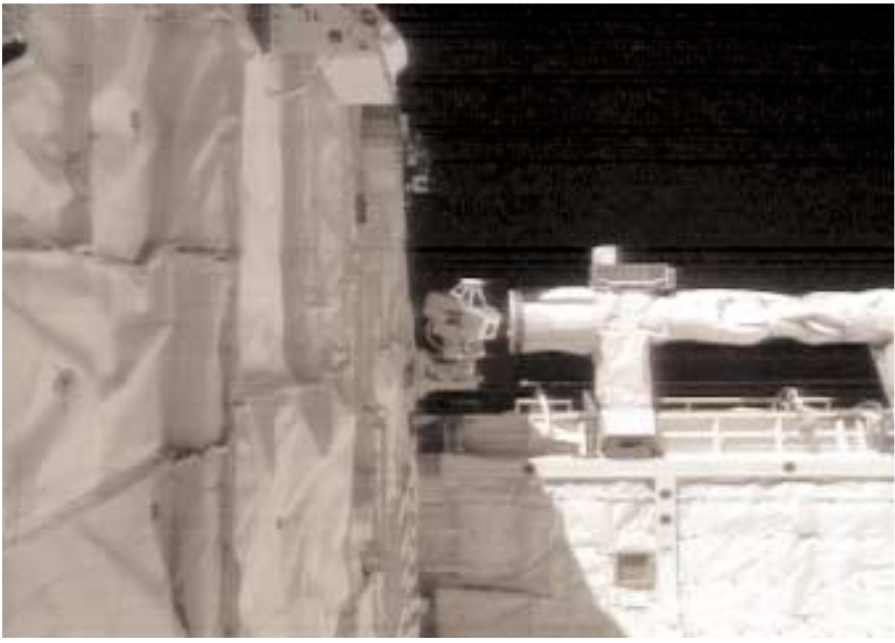
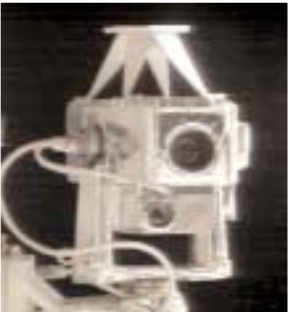
TWO VIEWS OF THE LDRI,mounted to a camera pan-tilt assembly in the port sideof Endeavour’s aft payloadbay (left photo, center), justleft of the orbiter’s parkedmanipulator arm. The LDRIis the box with the smalllens (top photo) mountedunderneath the black-and-white camera with thelarger lens.